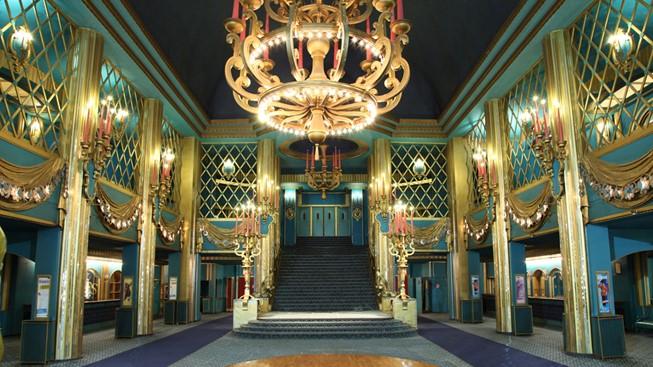As the concept of nation-states emerged in 19th and 20th century Europe, many composers affirmed their national identity through music and started to define themselves in terms of nationality, style, or genre, forming national schools of music. The French school became one of the most productive, with notable composers such as Reynaldo Hahn.
While not as famous as Claude Debussy or Gabriel Fauré, Hahn led a rich artistic life and greatly contributed to French classical music. Although most remembered today for his art songs (short pieces for piano and voice in classical music, and known as “mélodies” in French), he composed many other works, each representing the essence of the Belle Epoque.






